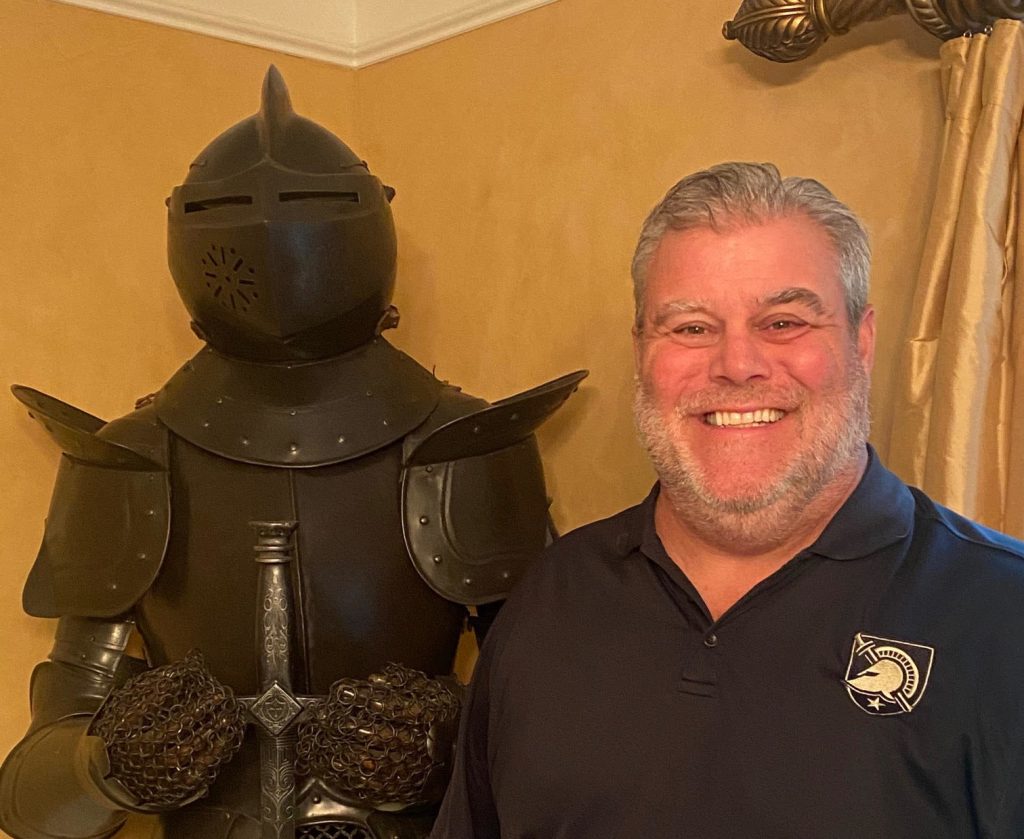In my inaugural column for Worth, I thought I would start with an ending. This is the story of how Bob Eisiminger sold his 15-year-old company for $250 million, personally pocketing $132 million after splitting up the proceeds with partners and loyal employees.
Let me tell you a bit about Bob. He’s a graduate of the Birthing of Giants Fellowship Program, where post-exit entrepreneurs (including myself) teach business owners how to grow companies that others want to buy. During the course of his journey, Bob became a friend. That’s the only reason he allowed me to write a story about his big payday; no self-respecting entrepreneur would ever brag about their wealth, least of all Bob.

Bob is the kind of guy who still drives the same Jeep Cherokee with over 200,000 miles that he had before the sale. He still lives in the same house, and he still wears the same golf shirts and baggy Levi jeans. What makes him different from most people is that he’s “post-exit,” the dream of many everyday entrepreneurs.

What Bob Built
The fellowship program opens with a question to participants, all CEOs of companies doing tens or hundreds of millions of dollars in sales: Do you want to build a big company or a smart company? The answer to that question reveals much more about the personality of the CEO than it does about their business.
Bob wanted to build a big company. Bob founded Knight Point Systems, an IT service provider to U.S. government agencies, in 2005, after graduating from the U.S. Military Academy at West Point, a stint in the United States Army as an officer and a turn at a Fortune 500 company as a corporate executive. In the Army, Bob learned how to lead people. By the time he sold Knight Point 15 years later, he had about 500 employees invested in the Knight Point culture and embedded in various U.S. Department of Defense and Department of Homeland Security projects, often at the highest clearance levels.

When Bob was a student at the Birthing of Giants Fellowship Program, we asked him to identify a significant goal or project that could materially affect the value of the business. He had one year to complete it. Bob set his sights on the company’s recruiting process, choosing to blow up their proprietary recruiting process and start from scratch.
Most columns about entrepreneurship talk about “the launch” or “the big idea,” and sometimes, “the crash.” This column will be different. I’ll examine the nuts and bolts of decision-making at the CEO level because they have the greatest influence on a company’s fortunes. Even the smallest shifts in behavior can mean the difference between a struggling business and a mega-payday.
Why Bob Blew Up His Recruiting Department
When the government hires Knight Point to provide staff for critical roles, the recruiting process kicks into gear: Identify candidates, conduct extensive background checks and, finally, train and place. All the while, the contract’s term is ticking away. Every month consumed by the recruitment and training process meant a month less revenue. If Knight Point took six months to fill a position in a five-year staffing contract, it received just 4.5 years of income from it.
Rebuilding the recruiting department meant re-deploying long-term team members, rewriting longstanding systems and enduring the frustration and scorn that sets in when the boss directs his people to do something unfamiliar. Even worse, it caused delays in current hires.
When it was done, however, Knight Point was in a position to fill even larger contracts than before. Bob’s year of blowing things up and rebuilding led to the chance to bid for the largest contract in the company’s history: a $900 million deal with the Department of Defense. Once Knight Point won that contract, the next door opened: Potential buyers for the company came calling.
In his second year as a Birthing of Giants Fellow, Bob identified a new project: Sell the business. Ever the educated military professional, he mapped out a detailed plan. This time, he set out to build a roadmap that identified the best investment bankers, then the best buyers. Almost exactly a year later, Bob closed the sale of Knight Point. It was an extraordinary deal. Not only did he hit the top of the market, but the deal also contained no “earn outs” or post-exit milestones in order to achieve the full sale price. Bob and his partners didn’t even have to stay with the company after the sale to assist with the transition. On closing day, Bob walked out of the office with a box of personal belongings and drove away in his Jeep as $132 million dropped into his personal bank account.
“I couldn’t help but smile as I walked through the parking lot that day, knowing that my family’s life and those of my key employees had changed forever,” he says. “But something my dad said to me years earlier kept me grounded: ‘The day you bought a house with a three-car garage, you already surpassed me. You have nothing left to prove.’”
Bob reached his goal by carefully plotting out annual missions and being willing to blow up the very systems upon which his company was built. He created his own empire and transformed that empire into wealth for a lot of people.
Stay tuned for more stories about great entrepreneurs, like Bob, who prove every day that anyone willing to strategize and innovate can make dreams come true.
Lewis Schiff runs Birthing of Giants Fellowship Week on behalf of the Board of Experts, which includes some of the top entrepreneurs in the world. Their one week of guided strategic planning transforms owners of the fastest-growing companies into the giants their businesses need them to be. He also runs Moonshots & Moneymakers: The Oxford Innovation Conference for American Entrepreneurs.







